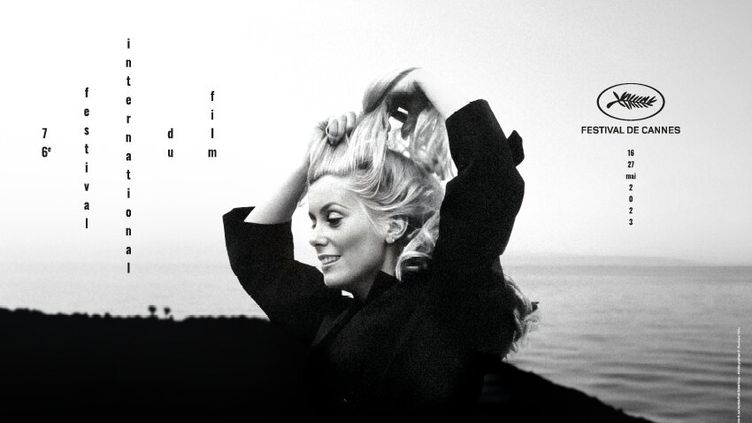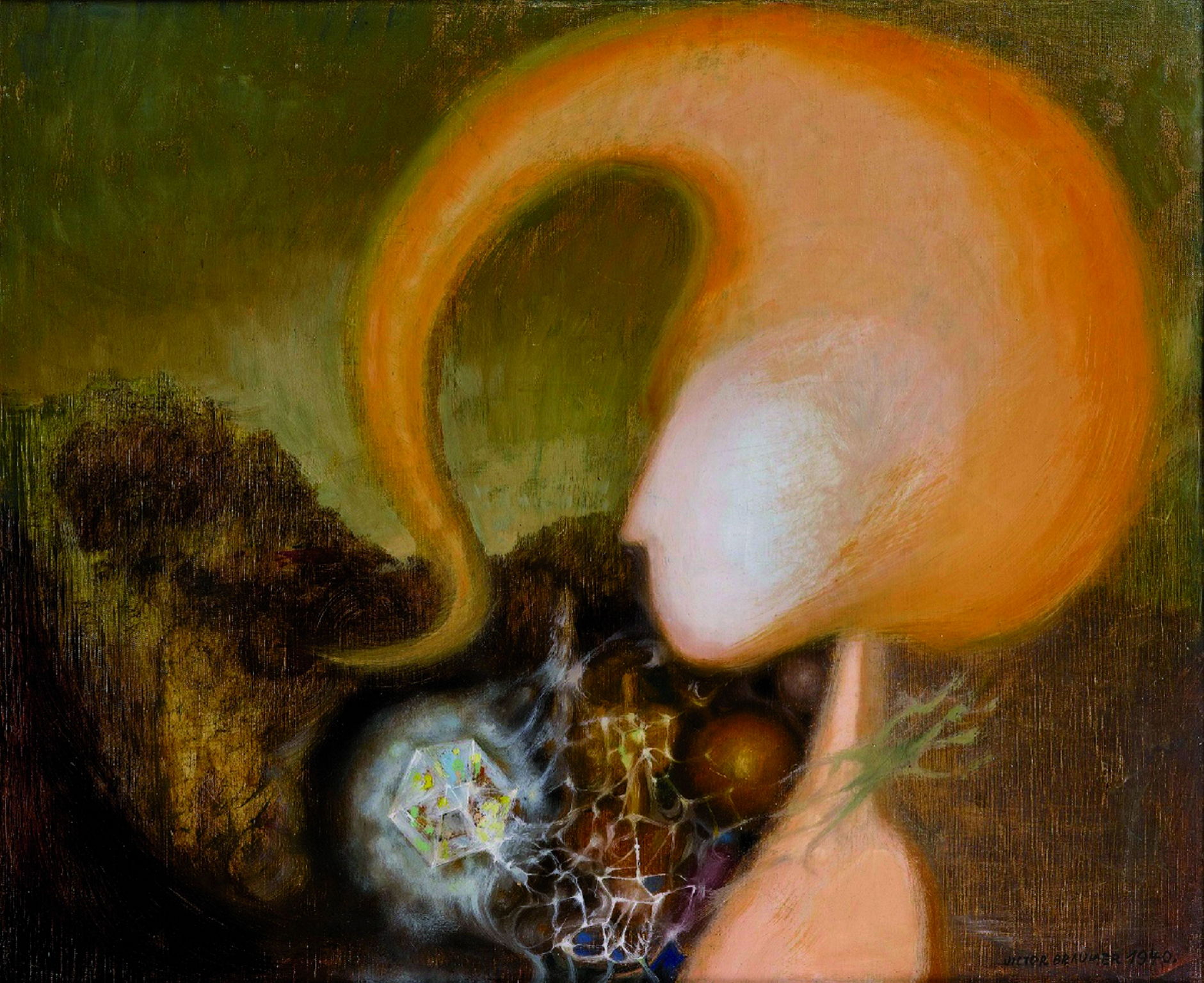
Marguerite Stern’s collages communicate courage in the fight against femicide
Marguerite Stern is the female powerhouse credited with publicizing the first of thousands of collages denouncing femicide. Born in shock and anger, her work is political, in the strongest sense of the word.
The beginning of March marked a year since the tragic death of Julie Douib, who was shot to death by her ex-spouse. Moved by the news of yet another woman killed by their former partner, Marguerite Stern, an artist and an activist in her early thirties, decided to take to the streets. She held in her hand sheets of paper with bold black letters that she stuck on the walls of her city, Marseille. Stern arranged the letters to form a sentence denouncing the horrendous crimes committed against women. It wasn’t long until other feminists across the country began to imitate her demonstrations and thus the “Collages Contre les Féminicides,” Collages Against Femicide, movement was born.
Collages are now plastered everywhere throughout not only Paris and Marseille but also other French cities like Lyon and Bordeaux. If you walk in Paris as a part of your daily commute or as a way to explore the city, you will undoubtedly come across at least one or maybe more of the works done by “Collages Féminicides.”
The messages of the collages vary: some give the name and date of a woman killed by her partner, others have messages like “Elle a quitté, il la tue,” which translates to “She left him, he kills her.” Breakups are, indeed, the leading cause of femicide because a man cannot stand that his partner no longer belongs to him, Stern says to Madame Figaro. The collages’ simplicity gives them an almost poetic sense, which renders their ability to shock and awaken those who read the stamped words.
A major feature of the collages is to “say it like it is,” meaning that the manner in which a woman was killed by her ex-spouse is included in the wording of the collages. The use of words like “strangled” and “stabbed,” while unsettling, accurately portray the harsh reality that women face. The straightforwardness of the messages gives them the power to be remembered, understood, and hopefully acted upon. The collages may seem extreme and unnerving, but they are only communicating the truth of the violence faced by women.
Friction between feminist groups and the French government existed before the murder of Julie Douib by her ex-spouse over a year ago. The news of the tragic death of Douib was the last straw for Stern, prompting her first collage in Marseille.
Stern is a former member of the female activist group FEMEN, whose goal is to “complete victory over the patriarchy” and that has also led movements against femicides. She also has a podcast where she talks about FEMEN, activism, and women in society among other things. “Collages Contre les Féminicides” gained popularity after Stern organized a collage session in Paris in August 2019. Using social media, she was able to rally women together to participate in the event. Since then, the movement spread to other cities as well as across borders to places like Belgium and Switzerland.
Historically, art has been a way for women to make their place in the public sphere and to express femininity and its struggles. Hannah Höch constructed collages in the early 1920s to express her ideas of what it meant to be a woman at the time. Höch’s collages critique the concept of gender norms, a topic that is still debated today. Likewise, Niki de Saint Phalle, known for her colorful sculptures depicting women placed outdoors, used art to confront and overcome her emotions. Saint Phalle suffered from depression since the time she was sexually assaulted during childhood and used painting as a way to translate how she felt. Likewise, Saint Phalle was an activist for causes such as AIDS, women’s rights, and other social issues. Art allowed her to not only empower herself but others as well, as her works were critical of conservative values of femininity. Stern’s work combines elements of both Höch and Saint Phalle, as she uses collages to express defiance and discontentment in a public space that summons public discussion. Now, the collages are creating a dialogue about violence against women and creating solidarity amongst women in the fight against femicide, which is defined as the misogynist killing of women by men.
Women’s solidarity grows stronger everyday. “Police refuse to listen to victims when they come forward. Or worse, they make inappropriate remarks, or blame the victim for what happened,” says Sophie Barre from Nous Toutes, a women’s organization gathering more than 100 000 fans on Facebook and at the origin of the march of the 23rd of November 2019. In the case of Douib, she tried five times before her death to press charges against her killer. No action was taken, and she continued to face abuse until her death. Women, especially seniors, are afraid that they will not be believed or people will not care if they step forward. Stern’s collages like the previously mentioned “She left him, he kills her,” aim at correcting this victim-blaming narrative and give courage to women to come forward.
Women have come forward since Stern’s first collage to share their stories. Sandrine Bonnaire, a french film star, spoke about her brutal experience with domestic abuse to France 24, last November. Thousands of protesters against femicide gathered in July in Paris for a demonstration to bring justice to the women killed by their ex-partners, such as Gülçin Kaplan. Kaplan was stabbed to death by her ex-husband. Before her death, she too filed five complaints to the police against her ex-husband.
The recent feminist outcries made femicide a difficult issue to further neglect, prompting the announcement of a series of preventative efforts from the French government last September. Activists say, however, that the measures taken by the government are simply not enough to effectively combat femicide. Some critics believe that the budget allocated to the issue is grossly insufficient, citing that an estimated €1 billion is needed to make the appropriate efforts to the fight against femicide. “Announcing these measures without a coherent budget is one way of trying to keep silent,” said Stern in the Huffington Post.
Her editorial, from November 2019, is a call to action for people to keep acting, fighting, and demanding justice for women. She calls women together because together, they are stronger. As long as violence against women ensues, the voices of women calling for action will be heard. “In the face of this inaction, let us continue to loudly demand our rights,” says Stern.
Collages Contre les Féminicides continues to mobilize women across the world. If you aren’t in one of the cities where they are active, their Instagram account is updated with photos of their latest collages.
Visual: All creative commons / Attribution 2.0 Generic (CC BY 2.0)














One thought on “Marguerite Stern’s collages communicate courage in the fight against femicide”
Commentaire(s)